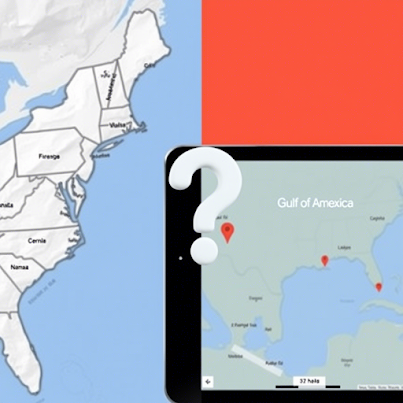The Gulf of Mexico is undergoing a massive transformation. What was once a staple of global maps has now been officially rebranded as the Gulf of America, thanks to an executive order signed by President Donald Trump on January 20, 2025. As the US government moves to make this change official, the implications for both domestic and international geography are profound.
At the core of this shift is the role of federal institutions. The US Board on Geographic Names is updating the Geographic Names Information System (GNIS) to reflect the new name. The Department of the Interior is working to ensure that federal documents, military charts, and other essential resources no longer reference the Gulf of Mexico. But what about private companies and other countries?
Tech giants like Google are already on board, with plans to roll out the Gulf of America in the US version of Google Maps. However, global platforms, like Apple Maps and other international organizations, are taking a wait-and-see approach. Many fear that the new name may become a source of division rather than unity, especially as the name "Gulf of Mexico" carries centuries of historical weight.
Could this rebranding be seen as a symbol of national pride, or is it a politically motivated move to erase historical connections? Critics argue that the change overlooks the unique cultural identity and ecological richness associated with the Gulf of Mexico. On the other hand, supporters contend that it’s simply a matter of honoring American sovereignty.
The Gulf of America may be the future, but whether it truly replaces the Gulf of Mexico on global maps remains an open question.

Comments
Post a Comment